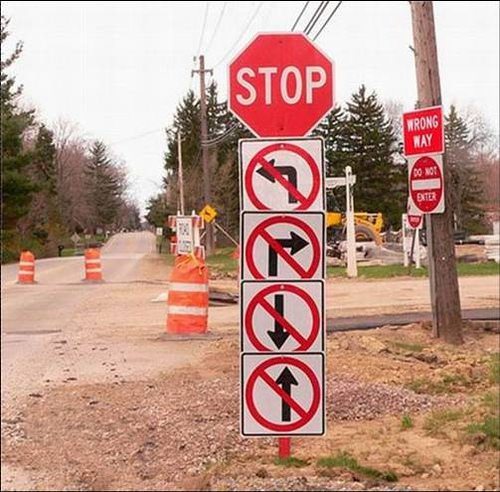What happens to people who feel that they must earn their standing with God? They seek help in a number of ways. One common strategy is to erect new standards of righteousness that are at least theoretically attainable. By setting up external markers, those who believe they must perform certain works or maintain certain standards not required by Scripture find a measure of security in this “attainable righteousness.” Keeping a list of rules becomes familiar quickly, even though the rules are difficult to maintain.
Another strategy to which people resort is more extreme, but it follows naturally from the first. At the beginning of the Reformation, the strategy of veneration of relics became the preferred method of improving one’s standing with God. Luther’s protector, Prince Frederick the Wise had assembled one of the most impressive relic collections in Europe—over 19,000 pieces. Frederick’s collection included a (supposed) piece of the burning bush, soot from the fiery furnace, milk from Mary, and a piece of Jesus’ crib. Touching or viewing the relics allegedly brought one closer to God, conveyed grace, and shortened one’s time in purgatory. In addition, saints were made patrons for every human demand. How could people sink to such depths of superstition and error? Historian  Carter Lindberg explains:
Carter Lindberg explains:
Insecure about salvation, people attempted to guarantee it by capturing mediators between themselves and God. Why did people throw themselves into such a piety of achievement? Why was the treadmill of religious performance thought to be the path to security and certainty of salvation? Perhaps because in times of crisis people tend to yearn for the “good old days,” and try harder to emulate what they think they were. Hidden behind the late medieval surge in piety there was an oppressive uncertainty about salvation together with the longing for it (The European Reformations, Blackwell, 1996, 61).
Now, I am not suggesting that all legalists have gone to the same lengths that people did in the late medieval period. But some certainly have. Relics of a sort appear when a particular college is the only school that a church will recommend. When this happens, a subtle message is sent that a good standing with God can only be obtained by graduating from that college. Another relic of modern fundamentalism is the veneration of certain men for the position they hold, whether it be a college president, the pastor of a big church or ministry, or the author of a book. Somehow these highly visible personalities are viewed as existing on a higher plane. I have watched the fawning over some of these men, and I wonder how this is any different than the medieval veneration of saints. A rather extreme example is the overt promotion of relics at the pastors conferences at First Baptist in Hammond, IN under Jack Hyles in the 1990’s. Prizes were awarded to those who brought the most attendees, including John R. Rice’s car, Jack Hyles’ ring, and other strange items attached to fundamentalist saints (for the record, I think Rice would have turned over in his grave at his post-mortem veneration by many fundamentalists).
So, from where does all this legalism spring? My contention is that it is partially fueled by the insecurity of the times. As people feel more anxious about the uncertainty of life, they naturally turn to anything that might provide security. For religious people of all kinds, acts of self-righteousness and veneration of relics of some sort seem to be common responses. Christians can fall into these practices too, if they do not have a strong grasp of sound doctrine, especially the doctrine of justification by faith alone. Without a settled assurance based on the imputed righteousness of Christ, even true Christians will begin to seek other means of security. This, in turn, fuels greater insecurity as the very extra-biblical standards they set up become unattainable to the average Christian.
Legalism is a vicious cycle, a constant treadmill that always increases in speed. The only solution is to jump off the treadmill onto the firm ground of grace. With the increasing uncertainty of our world, we should expect to see more similarities between our day and the spectacle of the late medieval times. May God give us a new reformation of love for sound doctrine that will ground us in the truth and guard our hearts and minds!



0 Comments